Blueshift, the leading platform for intelligent customer engagement, announced three new powerful capabilities that help brands leverage customer data & LLMs in their cross-channel marketing. Announced at Blueshift’s Engage Conference, the new innovations include a new Audience Insights module, the addition of Databricks to Blueshift’s Data Warehouse Sync module, as well as new LLM-Powered product & content recommendations added to Blueshift’s Customer AI.
The new product offerings reflect the theme of Blueshift Engage this year, which is Marketing in the Age of Data & AI. “Today’s announcement is a major milestone in making customer data & AI more accessible to marketers,” said Vijay Chittoor, Co-Founder and CEO of Blueshift. “We are committed to continuous innovation that advances our mission of making data & intelligence effortlessly actionable on every channel.”
Data Warehouse Sync
Blueshift is making it easier to unify and activate all customer data with the introduction of Data Warehouse Sync. Brands can effortlessly integrate data from warehouses and real-time customer behavior within Blueshift for intelligent cross-channel engagement. Today Blueshift announced the addition of Databricks into their Data Warehouse Sync portfolio, soon to be followed by Google BigQuery. Previously, Blueshift announced integrations with Snowflake and Amazon Redshift.
“We’re looking forward to this new integration, leveraging the combined power of Blueshift and Databricks,” says Andy Sleigh, Chief Operating Officer at Clearscore. “By merging data from Databricks with real-time customer behavior from Blueshift, we will have the right ingredients to deliver personalized messages to each customer precisely when it matters most.”
These integrations will help brands:
- Gain control of their marketing data with self-serve configuration, eliminating the need for data science teams and SQL expertise.
- Unlock data from data warehouses and combine with real-time customer behavior in Blueshift – giving customers a wider catalog of data warehouses to sync bi-directional data with ease.
- Easily access, leverage, and activate rich data using Blueshift’s native features, such as segmentation, predictive modeling, 1:1 personalization, and campaign execution.
- Sync audiences to a variety of paid media destinations for targeting look-alike audiences or for retargeting.
Audience Insights
Analytics in real-time is critically important so brands can discover and take action on the latest insights. Blueshift’s new Audience Insights module uses real-time analytics to fetch actionable customer insights, helping brands understand the impact of different customer cohorts on their top and bottom-line metrics. This offering helps customers to:
- Get valuable insight into audiences in real-time, without reliance on engineering or analytics teams.
- Slice and dice goal metrics by custom properties to identify new opportunities and allocate budgets effectively.
- Easily visualize complex data with a simple and intuitive interface for quicker understanding and reporting.
Additionally, with custom dashboards and reports, recommendations, and advanced campaign metrics, customers will be able to gain a holistic understanding of how different customer groups impact their key metrics, independent of campaigns with cohort analysis.
LLM-Powered Customer AI
Marketers can now access LLM-Powered Recommendation Recipes from Blueshift‘s industry leading Recommendation Studio, that combines Customer AI with Content AI. With the power of Large Language Models, Blueshift’s technology deeply understands the context and meaning of each and every piece of content, ranging from text-based articles or blogs to video based content. Leveraging this understanding, brands can now deliver superior 1:1 recommendations to each customer. For instance, a customer who is engaged with a piece of video content may be served with recommended products and articles that are most relevant, thus combining content and commerce in an engaging and immersive experience that spans multiple channels including email, mobile, and website.
SOURCE: PRNewsWire











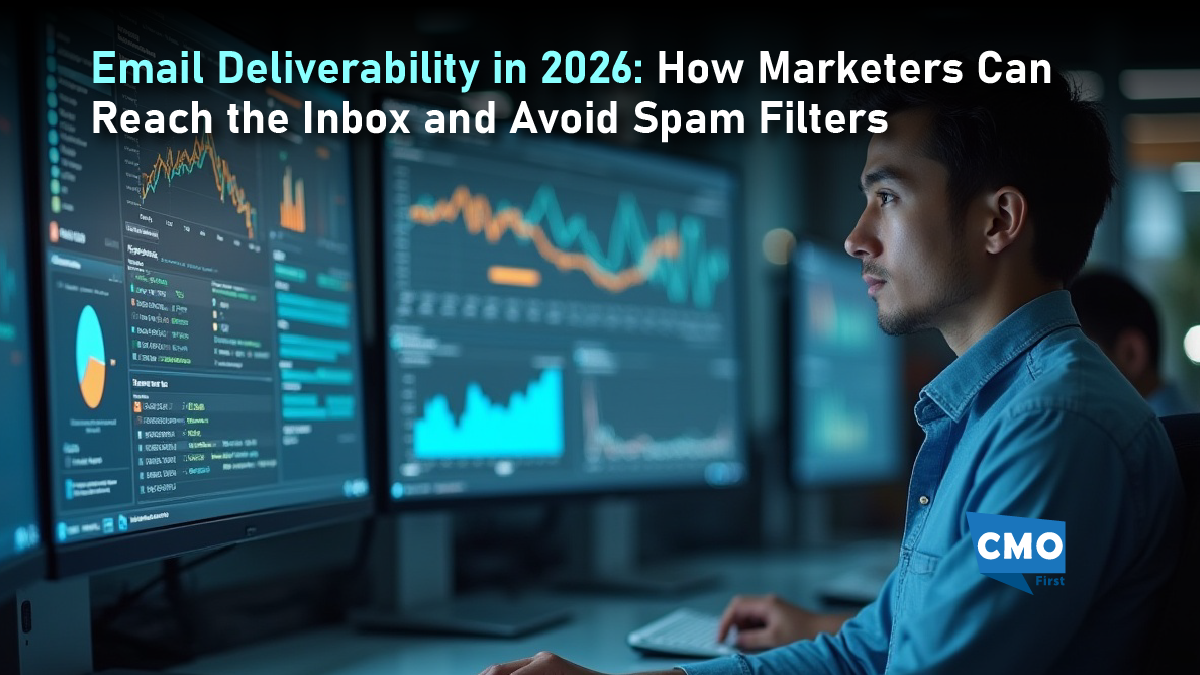

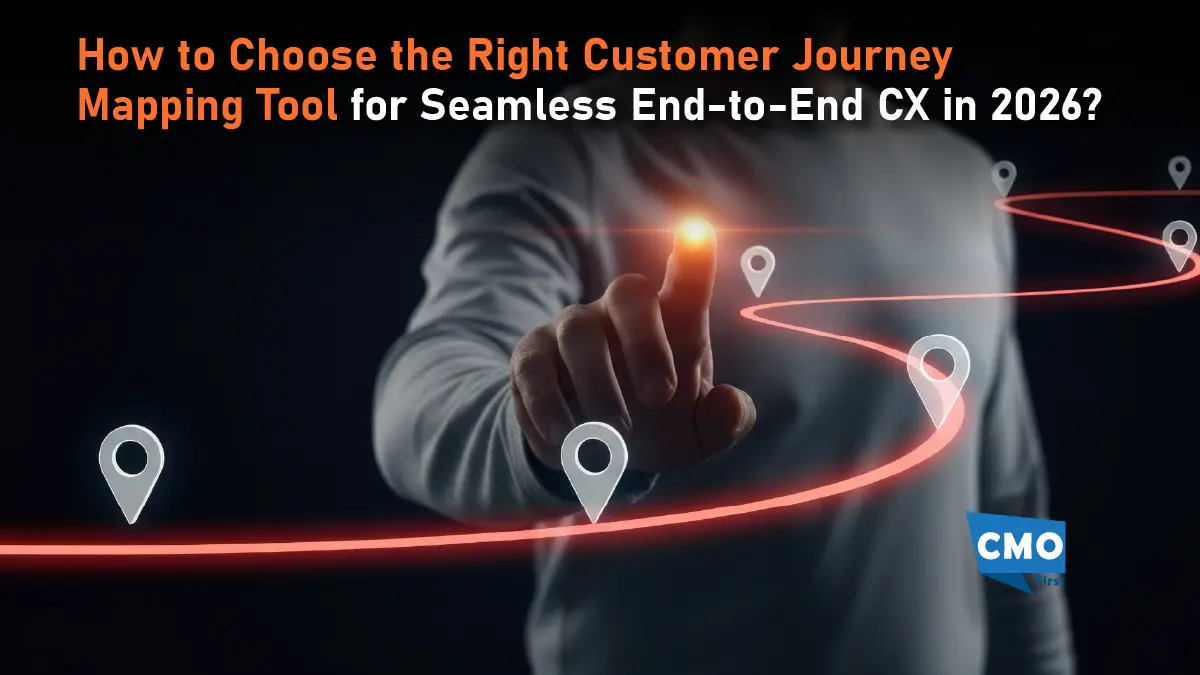
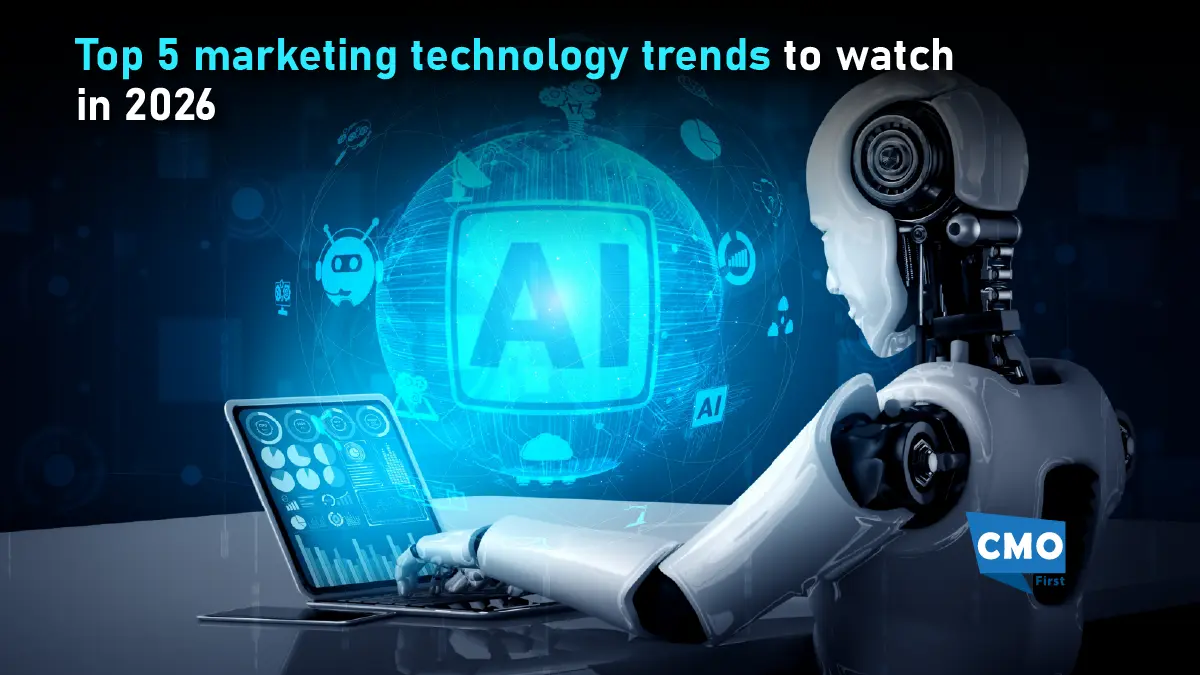


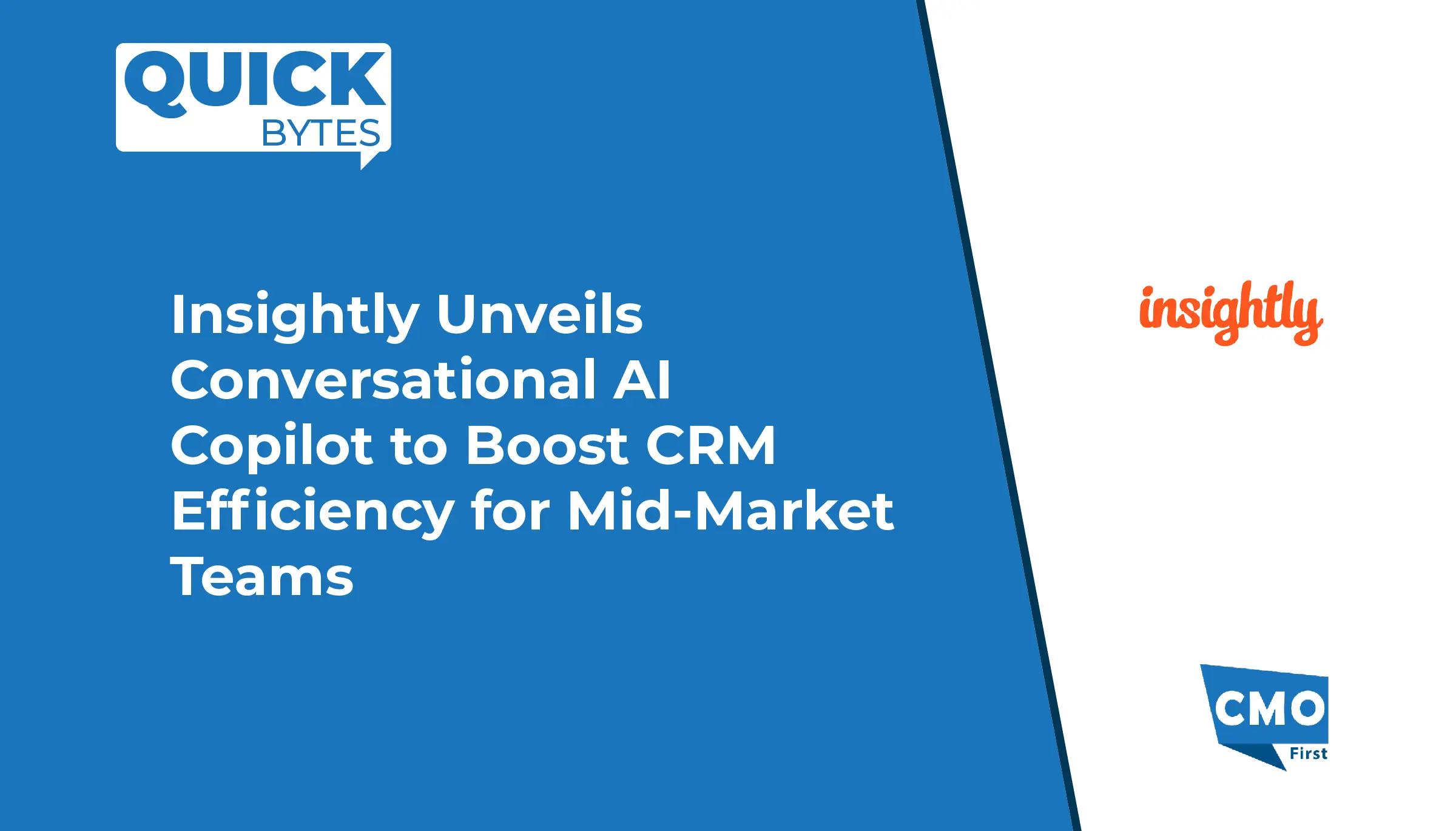




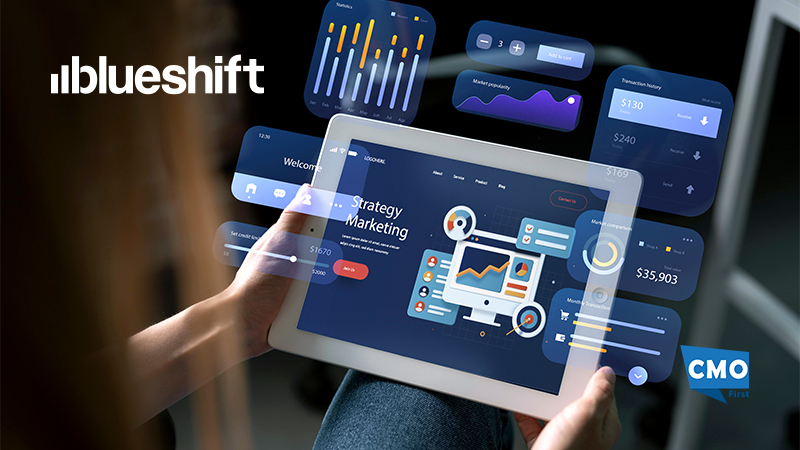

Leave a Reply